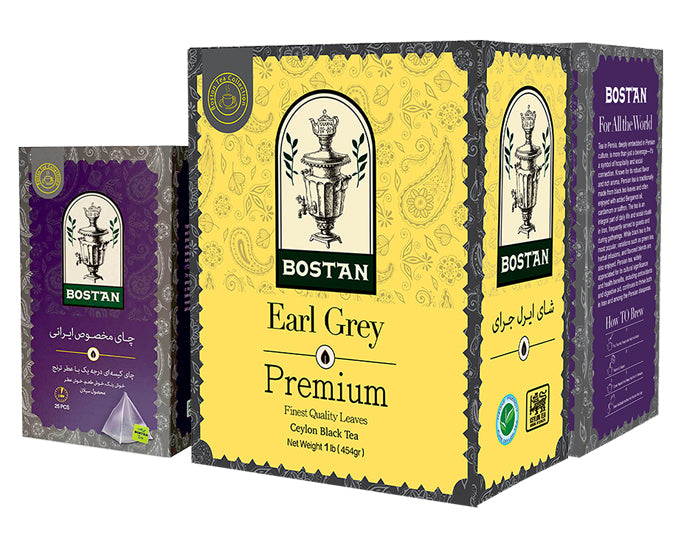
Tea Education: Your Guide to the World of Tea
Welcome to the Tea Education page, where we explore the fascinating world of tea! Whether you’re a seasoned tea enthusiast or just starting your journey, this guide will deepen your understanding of tea’s rich history, diverse varieties, and the art of brewing the perfect cup. Let’s dive in!
The History of Tea
Tea has a long and storied history that spans thousands of years. Here are some key milestones:
- 2737 BCE: Legend has it that Chinese Emperor Shen Nong discovered tea when leaves from a wild tree blew into his boiling water.
- 8th Century: Tea became a popular drink in China during the Tang Dynasty, and the first book on tea, The Classic of Tea, was written by Lu Yu.
- 16th Century: Tea spread to Europe through Portuguese and Dutch traders.
- 17th Century: Tea became a staple in Britain, leading to the rise of afternoon tea traditions.
- Today: Tea is the second most consumed beverage in the world, enjoyed in countless varieties and cultures.
Types of Tea
All true teas come from the Camellia sinensis plant, but differences in processing create distinct types. Here’s a quick overview:
1. Green Tea
- Flavor: Fresh, grassy, and slightly sweet.
- Processing: Leaves are steamed or pan-fired to prevent oxidation.
- Examples: Matcha, Sencha, Dragonwell.
2. Black Tea
- Flavor: Bold, robust, and malty.
- Processing: Fully oxidized leaves.
- Examples: Assam, Darjeeling, Earl Grey.
3. Oolong Tea
- Flavor: Complex, ranging from floral to toasty.
- Processing: Partially oxidized leaves.
- Examples: Tieguanyin, Da Hong Pao.
4. White Tea
- Flavor: Delicate, light, and slightly sweet.
- Processing: Minimal processing; young leaves and buds are air-dried.
- Examples: Silver Needle, White Peony.
5. Pu-erh Tea
- Flavor: Earthy, rich, and aged.
- Processing: Fermented and aged over time.
- Examples: Raw Pu-erh, Ripe Pu-erh.
6. Herbal Tea (Tisanes)
- Flavor: Varies widely based on ingredients.
- Processing: Made from herbs, flowers, fruits, and spices (not from Camellia sinensis).
- Examples: Chamomile, Peppermint, Rooibos.
The Art of Brewing Tea
Brewing the perfect cup of tea is both a science and an art. Here are some tips to elevate your tea experience:
1. Water Temperature
- Green Tea: 160–180°F (70–80°C)
- Black Tea: 200–212°F (93–100°C)
- Oolong Tea: 185–205°F (85–96°C)
- White Tea: 175–185°F (80–85°C)
- Pu-erh Tea: 200–212°F (93–100°C)
2. Steeping Time
- Green Tea: 1–3 minutes
- Black Tea: 3–5 minutes
- Oolong Tea: 3–5 minutes
- White Tea: 4–6 minutes
- Pu-erh Tea: 3–5 minutes
3. Tea-to-Water Ratio
- Use 1 teaspoon of loose-leaf tea per 8 ounces of water (adjust to taste).
4. Tools of the Trade
- Teapot: For brewing larger quantities.
- Infuser: For loose-leaf tea.
- Gaiwan: A traditional Chinese lidded bowl for brewing.
- Kettle: Preferably with temperature control.
Health Benefits of Tea
Tea is not just delicious—it’s also packed with health benefits:
- Antioxidants: Help fight free radicals and reduce inflammation.
- Heart Health: Linked to lower cholesterol and improved blood vessel function.
- Brain Health: Contains L-theanine, which promotes relaxation and focus.
- Digestive Health: Herbal teas like peppermint and ginger can soothe the stomach.
- Hydration: A great way to stay hydrated throughout the day.
Tea Traditions Around the World
Tea is celebrated in unique ways across cultures:
- Japan: The Japanese tea ceremony (Chanoyu) emphasizes mindfulness and harmony.
- England: Afternoon tea is a beloved tradition with scones, sandwiches, and pastries.
- Morocco: Mint tea is a symbol of hospitality, often served with sugar.
- India: Masala chai is a spiced tea brewed with milk and enjoyed daily.
- Tibet: Butter tea is made with yak butter and salt, providing energy in high-altitude climates.
Fun Tea Facts
- The world’s most expensive tea, Da-Hong Pao, can cost up to $1.2 million per kilogram!
- Tea bags were invented by accident in 1908 when a tea merchant sent samples in silk bags.
- National Tea Day is celebrated on April 21st in the UK and December 15th in the US.
Explore and Learn More
Ready to deepen your tea knowledge? Check out our:
- Tea Recipes: Creative ways to enjoy tea.
- Tea Trivia: Fun facts and quizzes.
- Tea Pairings: Discover which foods complement your favorite brews.
Tea is more than just a drink—it’s a journey of discovery, culture, and connection. We hope this guide inspires you to explore the wonderful world of tea. If you have any questions or want to share your tea experiences, feel free to reach out!

